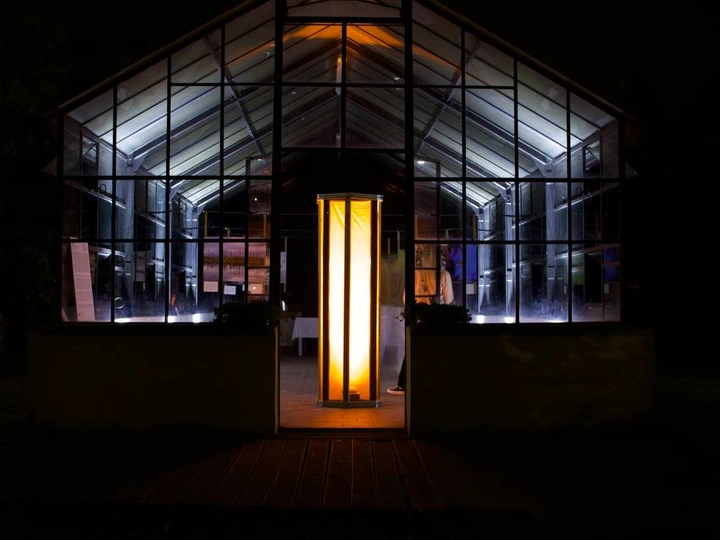Esoscheletro

Chiara Chiasera
Federico Favaro
Gabriele Greco
Vittoria Pizzol
Matteo Rebuffoni
Cesare Sartori
Vincenzo Zappia
spazio191 is an architecture collective based in Venice, composed of eight young designers who share a common academic and professional background rooted in IUAV, both at the undergraduate and master's levels.
Our individual paths have been enriched by international experiences through the Erasmus program, which took us to Berlin, Lisbon, Vienna, and Zaragoza — cities that have deeply shaped our design sensibilities and cultural awareness.
We bring together diverse approaches to architecture: some of us work in architectural practices, contributing to the design and construction of built projects, while others are more oriented toward research and the history of architecture, currently pursuing PhDs. This combination allows us to move fluidly between theory and practice, and to explore architecture as a tool for critical thinking, spatial experimentation, and collective engagement.
We believe in collaborative processes and work across scales — from temporary installations and public space interventions to curatorial and exhibition projects. Based in Venice, a city of constant negotiation between history, environment, and global flows, we are particularly interested in themes of transformation, reuse, and context-sensitive design.
Esoscheletro (Exoskeleton) is a spatial module that explores geometry, form, and an object’s ability to suggest rather than define—existing in an intermediate state between construction and organism.
It was developed for the Artropocene Festival, held at the Esapolis Insect Museum in Padua, Italy, on May 24–25, 2025. The event aimed to bridge the gap between humans and nature, taking inspiration from arthropods—creatures that shape ecosystems through their resilience and adaptability, yet are often overlooked. By observing them, we learned that to inhabit a space is also to activate it: to bring it to life through interaction.
Materials and objects, like organic matter turning into humus, are always transformed by the contexts they encounter. Rooted in this principle, Esoscheletro adopts bio-logical thinking as a design strategy, drawing from ideas of adaptability, ecological intelligence, and the dual roles of skeleton and membrane.
The structure, entirely made of reclaimed wood, consists of three triangular modules that form a basic cell. This configuration enables flexible geometries—from equilateral triangles to hexagons and intermediate open forms. Fabric surfaces define its envelope, allowing it to filter light, mark spatial thresholds, and create a shifting presence. Replicable like honeycomb cells, Esoscheletro expands organically, constantly renegotiating its relationship with the environment.
We built four exoskeletons, each activated differently across the festival: as stage backdrops for talks, glowing lanterns for night performances, an interactive canvas for drawing, and the entrance to a photography exhibition curated and installed by us.
Esoscheletro is an architectural fragment of the Arthropocene—flexible, temporary, and evolutionary. It does not impose a function but holds space for transformation, interaction, and emergence.